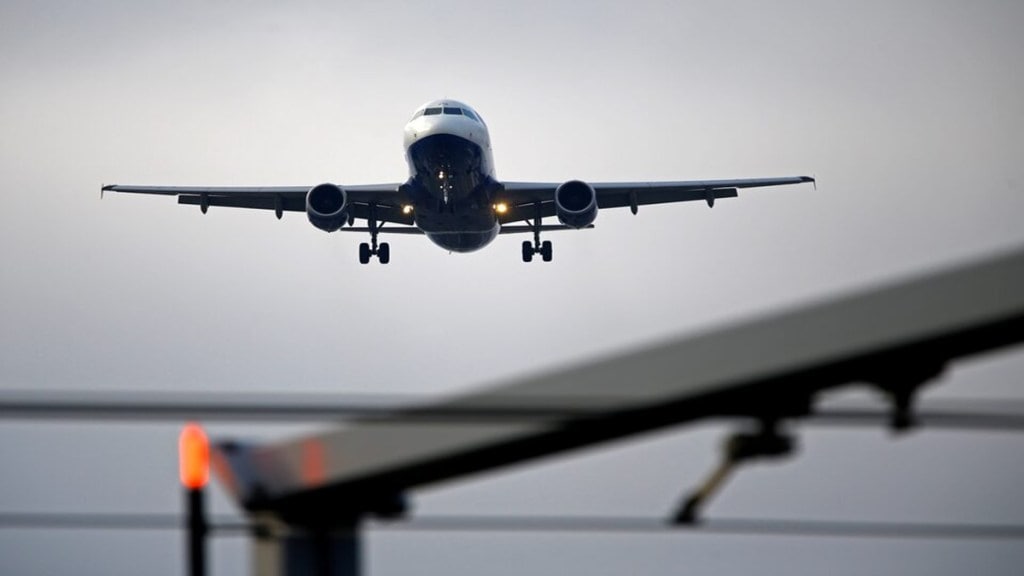India is one of the fastest growing domestic air travel markets globally but the government’s ambitious plans for regional connectivity to smaller cities by providing affordable air travel through its Ude Desh ka Aam Nagrik scheme (UDAN) is still a work in progress. Since this demand-driven scheme kicked off in 2017—with the first inaugural flight between Delhi and Shimla—15 million passengers have availed of UDAN. But this regional connectivity scheme’s passenger count has plunged by 57% to 1.4 million passengers in FY25 from the peak level of 3.3 million in FY22. The numbers make for dismal reading. Currently, 637 out of the 915 valid routes have been operationalised, connecting 92 unserved and underserved airports, including 15 heliports and two water aerodromes across the country. Nearly 80% of the 92 airports still remain unserved. As if all of this weren’t bad enough, 222 routes under the scheme have been discontinued since 2020 as airlines like Air India and Akasa Air do not fly on them. This does not augur well for the scheme’s success as it depends on participation by the established airlines.
A scheme facing headwinds
The UDAN scheme, which was intended to democratise aviation, clearly is at the crossroads and needs focused policy interventions to make it work better. Although the government offers viability gap funding—around Rs 4,160 crore, including Rs 2,233 crore between FY23 and FY25—to incentivise private airlines to provide subsidised air travel, these operators make their own assessment of demand to participate in this scheme. To be sure, there are serious challenges of providing flight services in hitherto unconnected regions, including low passenger demand, low visibility at certain airports, and a shortage of aircraft. Pakyong airport in Sikkim, built at 4,600 feet above sea level, exemplifies some of these challenges as flight operations to Kolkata have been frequently affected due to visibility issues and poor weather. If flights are suspended due to these challenges, this is bound to impact the economics of participating in the UDAN scheme even after all the subsidies are factored in. If a decent return is elusive, established airlines, including the smaller ones, are unlikely to be enthusiastic about UDAN.
What needs fixing
The upshot is that UDAN can take off only if it makes business sense for the players. Operating in a high-cost environment—a problem that afflicts the domestic civil aviation industry as a whole—is indeed challenging. Government policy can certainly improve this state of affairs by lowering taxes on aviation turbine fuel (ATF)—which accounts for 40% of operating costs—by including petro products in the goods and services tax regime. The Centre has sought to remedy this state of affairs by capping excise duty at 2% on ATF purchases at regional connectivity scheme airports for the first three years.
The various state governments have also committed to reducing the value added tax on ATF to 1% or less for 10 years and providing fire and utility services at reduced rates. Addressing issues like last-mile connectivity from the city centre to the airport, frequent flight diversions or cancellations due to weather will also help. There is also a need to step up viability gap financing and budgetary outlays. The budgeted estimate for 2025-26 of Rs 549 crore for the UDAN scheme is a third lower than the revised estimate for the previous fiscal.


